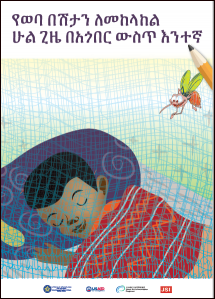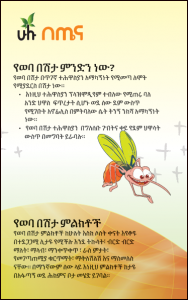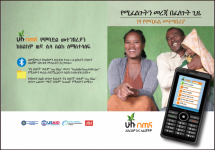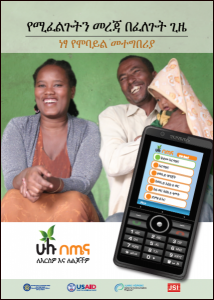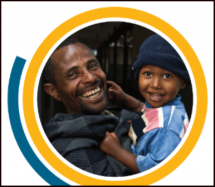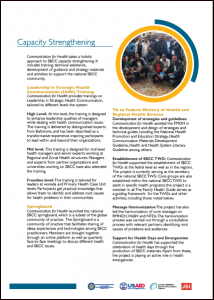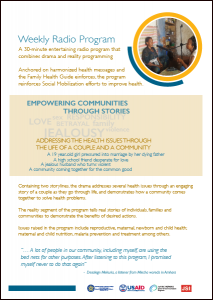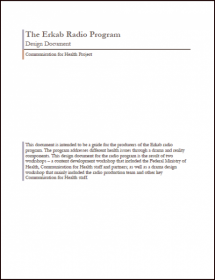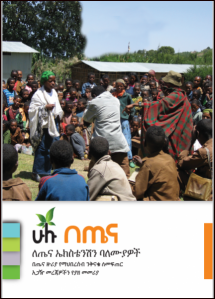Malaria Poster for Schools
This poster promotes LLIN(bednet) use (with priority for pregnant women and children under 5 whenever there is shortage) and demonstrates how to properly make use of LLINs. it is part of a campaign called “Malaria Roadshow.”
Source: Communication for Health Ethiopia
Date of Publication: February 11, 2020
SIMILIAR RESOURCES
Tools
Examples
- The Behavior Change Framework
- MULTI-SBC: The Programmatic Aid for Multi-Sectoral Integration of SBC for FP Practitioners
- Advocating for Social Marketing Programs to Local Stakeholders
- Using Data to Design an Evidence-based Social and Behavior Change Program in Rural Nepal
- Moving the Needle on Health Behaviors
- La Planification Familiale dans les Situations d'Urgence: Essentielle,, Voulue, Necessaire et Realisable
- Barrier Analysis Questionnaires
- Framework for Reopening Schools
- Considerations for Schools
- Integrated SBCC Programs: Key Challenges and Promising Strategies - Webinar

